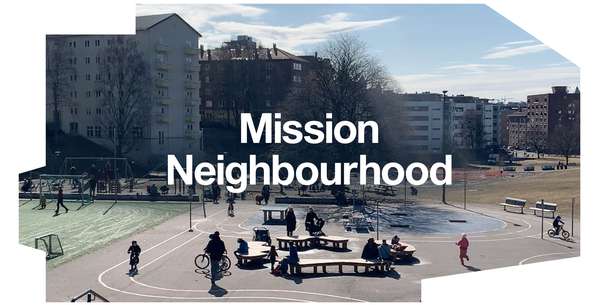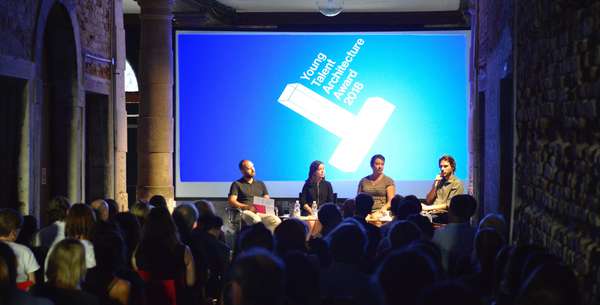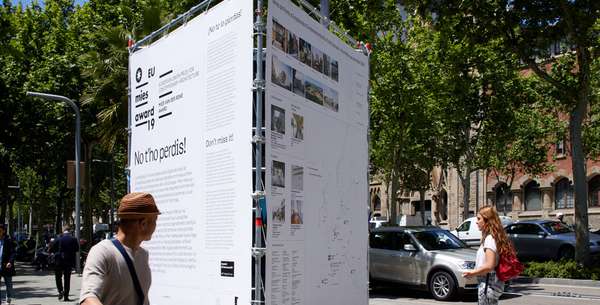Idea by
Carlos Higinio Esteban, Arturo Romero
Call for ideas 2021
Neighbourhood Unit
Neighbourhood Unit

- Site-specific cases
Collective identity and its relationship with the built environment. Heritage is not considered as a simple background for human relationships. The memory of places and collectives becomes the raw material to work with. What is the role of artistic processes in a setting like this? What visions can they generate?
Cinematographic and essay narratives used to decipher highly complex built realities. These communication artefacts become platforms for reflection, discussion and construction of identities. Moving away from official, historiographical, administrative and technical documentation, this project creates, discusses and disseminates another documentation. It emerges from the private and domestic domains lived by the inhabitants, creating and activating a private and subjective documentary archive. Granting the necessary visibility, it will be able to discuss, update and redefine certain obsolete discourses about architectural masterpieces.
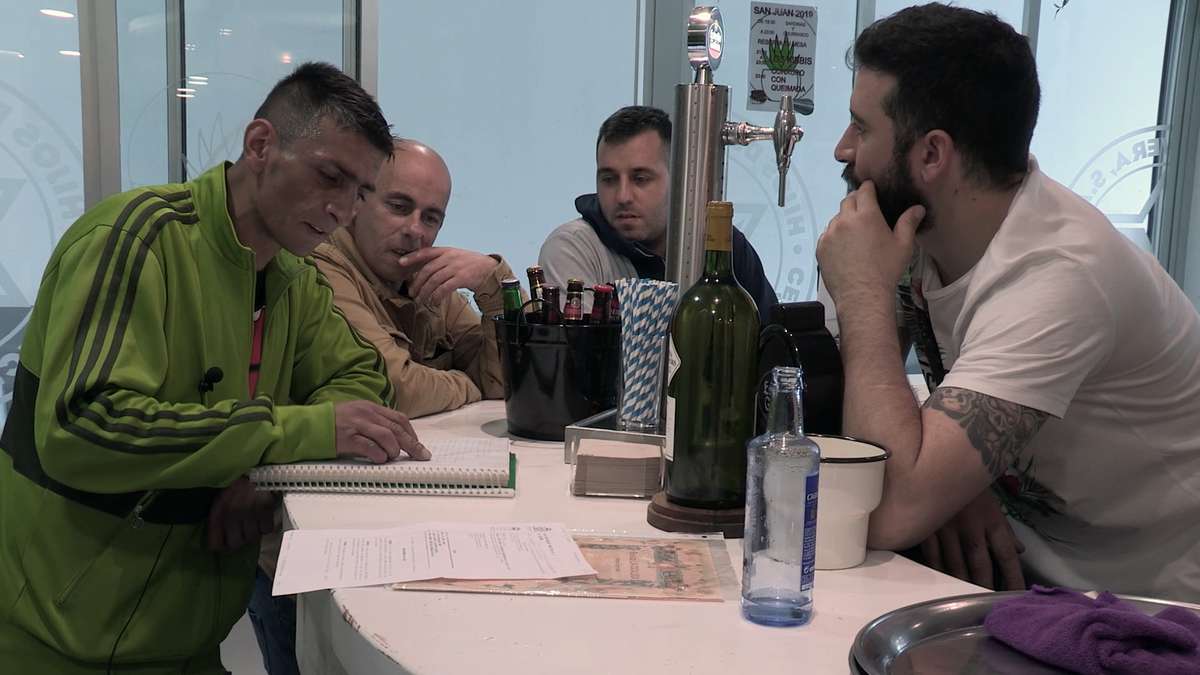
The fieldwork records the existing links between the inhabitants, but throughout the process it also generates new relationships between them.
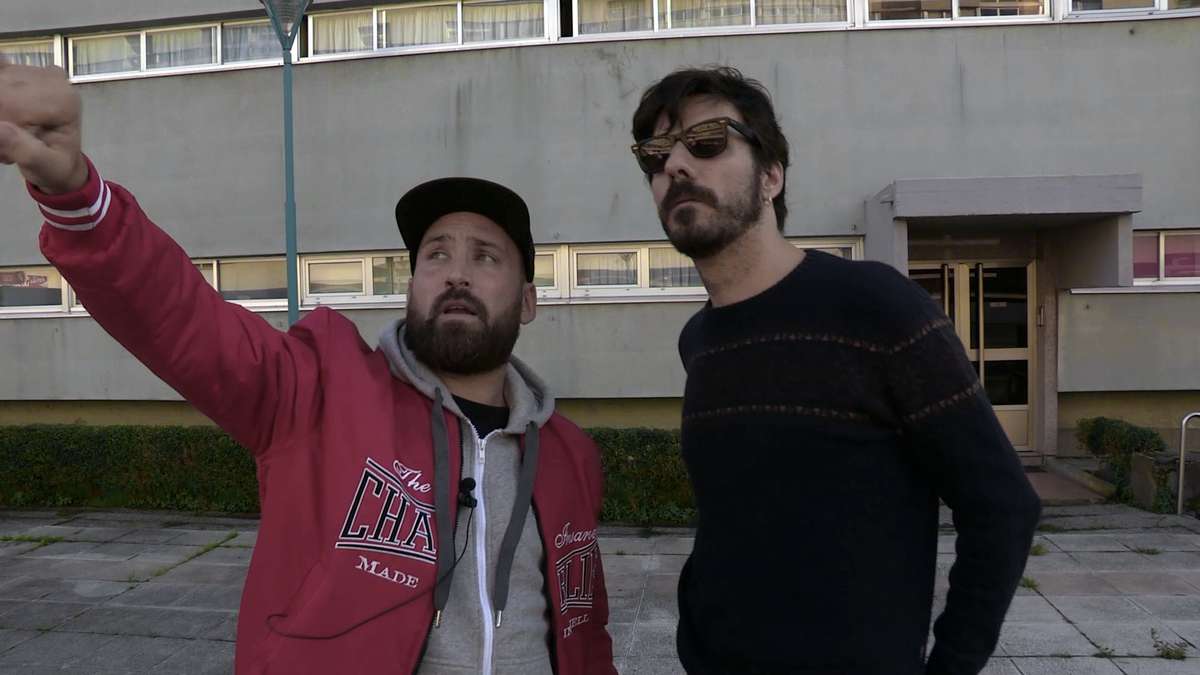
Interaction with the residents is the basis of the work. It allows access to new information not previously documented. The sensitivity of a citizen towards his/her environment does not really depend on his specific training but is conditioned on the format in which it is expressed.

The technical discourse illustrates some mechanisms hidden to the eyes of the neighbours and generates trust, recognition and value of the built complex.
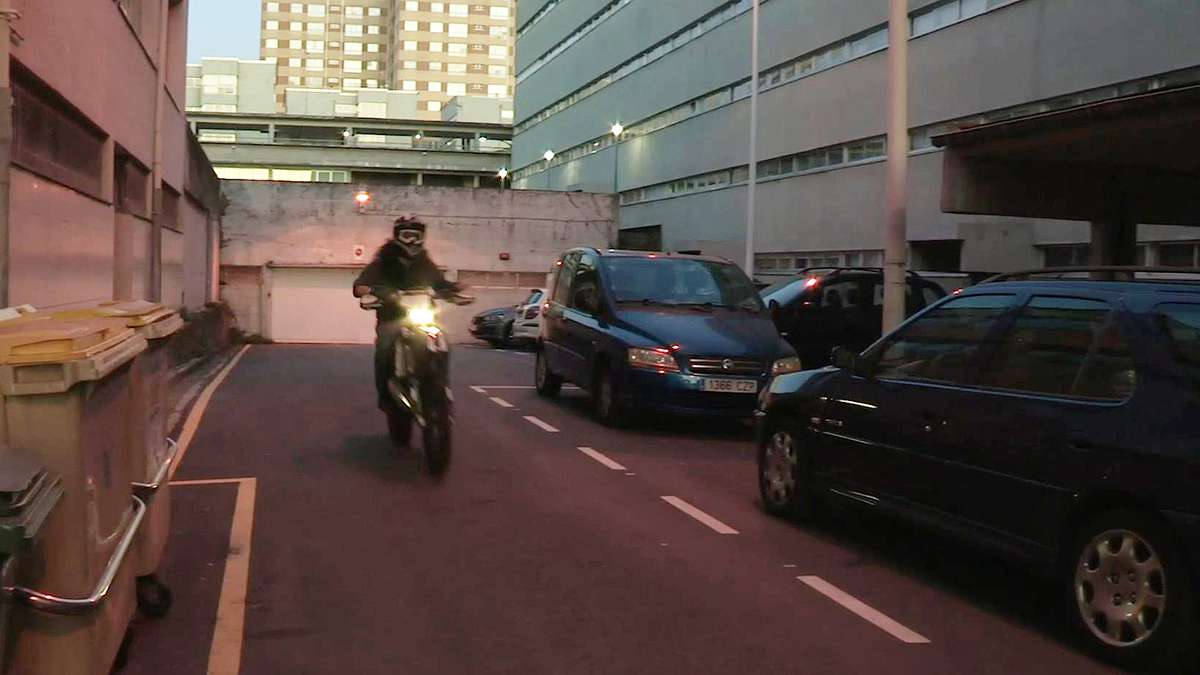
The experiences of the protagonists are recorded and ordered, also giving space to the recreation of those same narrations. The document is therefore also “fictionalized”.
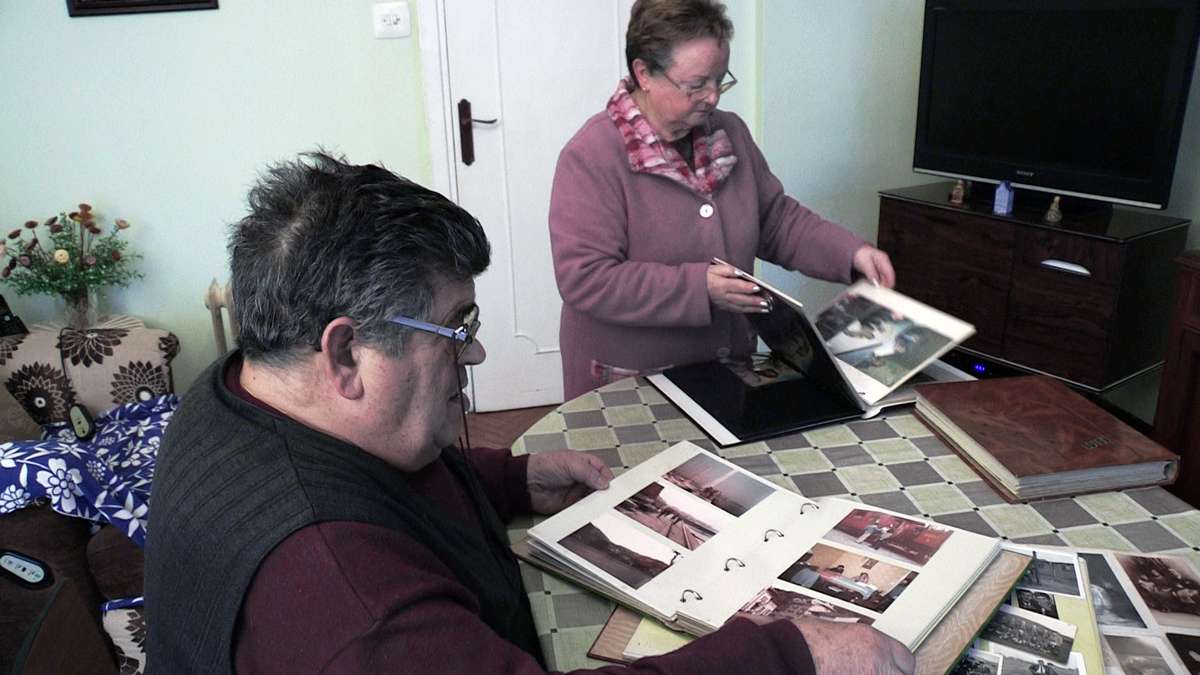
The private archive of the participants offers a new interpretation of the built reality and opens up new hints to understand the impact of the architectural project in the social tissue.
Neighbourhood Unit
Neighbourhood Unit

- Site-specific cases
Collective identity and its relationship with the built environment. Heritage is not considered as a simple background for human relationships. The memory of places and collectives becomes the raw material to work with. What is the role of artistic processes in a setting like this? What visions can they generate?
Cinematographic and essay narratives used to decipher highly complex built realities. These communication artefacts become platforms for reflection, discussion and construction of identities. Moving away from official, historiographical, administrative and technical documentation, this project creates, discusses and disseminates another documentation. It emerges from the private and domestic domains lived by the inhabitants, creating and activating a private and subjective documentary archive. Granting the necessary visibility, it will be able to discuss, update and redefine certain obsolete discourses about architectural masterpieces.
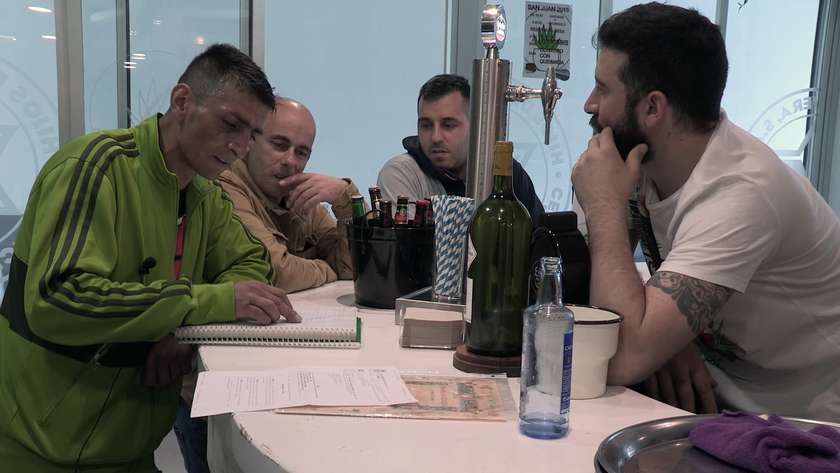
The fieldwork records the existing links between the inhabitants, but throughout the process it also generates new relationships between them.
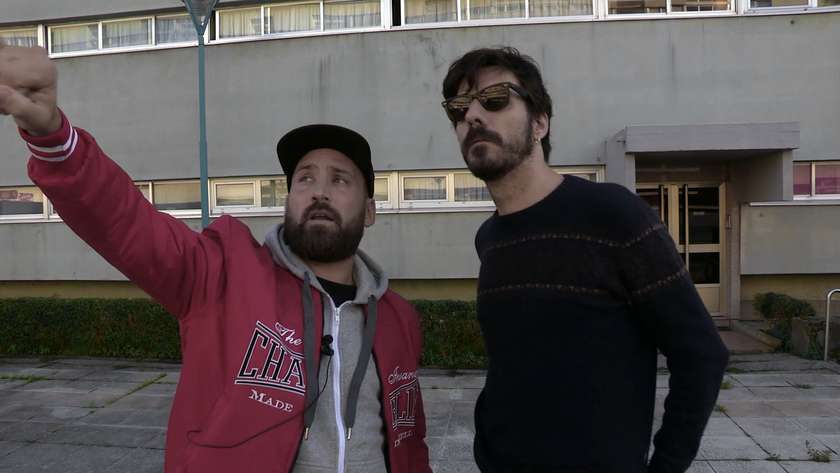
Interaction with the residents is the basis of the work. It allows access to new information not previously documented. The sensitivity of a citizen towards his/her environment does not really depend on his specific training but is conditioned on the format in which it is expressed.

The technical discourse illustrates some mechanisms hidden to the eyes of the neighbours and generates trust, recognition and value of the built complex.
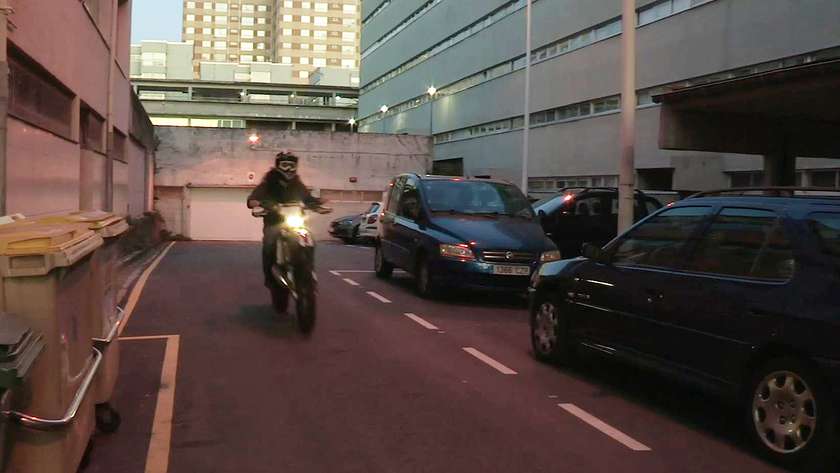
The experiences of the protagonists are recorded and ordered, also giving space to the recreation of those same narrations. The document is therefore also “fictionalized”.
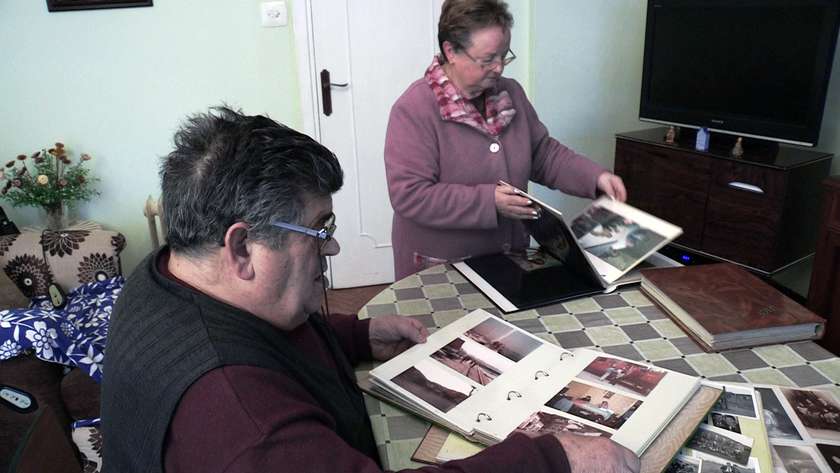
The private archive of the participants offers a new interpretation of the built reality and opens up new hints to understand the impact of the architectural project in the social tissue.
